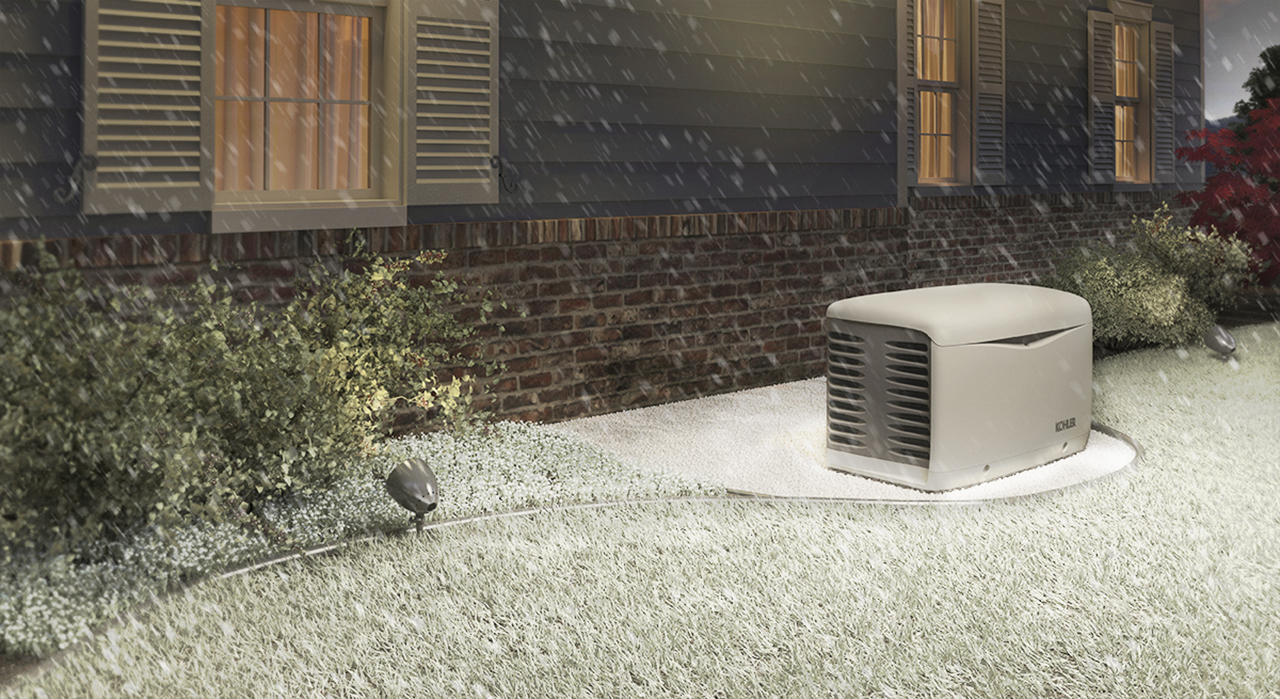 (BPT) – Winter storms can wreak havoc on roads, homes and personal lives. However, facing hours of cleaning up fallen tree limbs, shoveling snow or being cooped up inside with antsy kids might be the least of your worries. Experts predict more frequent and severe storms could lead to lengthy power outages that could affect thousands of Americans this winter storm season.
(BPT) – Winter storms can wreak havoc on roads, homes and personal lives. However, facing hours of cleaning up fallen tree limbs, shoveling snow or being cooped up inside with antsy kids might be the least of your worries. Experts predict more frequent and severe storms could lead to lengthy power outages that could affect thousands of Americans this winter storm season.
In fact, increasingly severe weather is the chief reason power outages are becoming more likely, according to a National Governors Association report. What’s more, a study by the Lawrence Berkeley National Laboratory found the average outage lasts two hours and 20 minutes, but increases by 260 percent to six hours and 10 minutes when a major event like severe weather is involved.
While you can’t predict when a winter storm or extended power outage might affect your neighborhood, you can take steps now to prepare your home and family for severe weather events.
Stock Up In Advance
Nearly everyone has experienced long grocery store lines and cleared-out store shelves when news of a coming storm hits the airwaves. Spare yourself the aggravation, or possibly being caught without essentials if stores sell out, by stocking up on important items at home.
Keep enough bottled water and non-perishable foods on-hand to feed everyone in your family up to one week. Set these items aside in a “storm prep” box so you don’t dip into them until you really need them. Canned foods, protein bars, dry cereal and nuts are great options.
Never allow your supply of prescription medications to fall below a week’s supply, and make sure you stock up on useful over-the-counter meds such as pain relievers and cold remedies. Finally, keep a supply of batteries, flashlights and battery-powered lanterns readily available to ensure you have safe illumination when the power goes out.
Invest In Emergency Power
With the average length of power outages growing longer, many Americans are turning to generators to help ensure their homes and families stay safe and comfortable during winter storms. In fact, a report from the Society for Risk Analysis notes “a string of natural disasters and prolonged blackouts have motivated consumers to invest in personal generators at unprecedented rates.”
Homeowners have two options when it comes to back-up power; portable generators and automatic standby generators. Portable generators can be moved from place to place and are designed to power a few key items or systems, like a refrigerator or lights, using properly rated extension cords. These manually operated generators are usually gasoline-fueled and must be operated outside of the home.
Automatic standby generators like those from Kohler are permanently installed outside the home similar to a central air conditioning unit. They attach to a home’s existing natural gas or propane lines and turn on automatically within seconds when the power goes out; homeowners do not need to be present to operate. Standby generators can power an entire house, from essentials like the refrigerator, sump pump, lights and water heater to non-essentials such as TVs, computers and more. To learn more about automatic standby generators, visit www.KohlerGenerators.com.
After the Storm
Once the storm is over, continue to be cautious. Check weather and traffic reports before leaving the house to determine if roads are closed. If you do venture out, stay alert for downed power lines. If you spot power lines that are down or damaged, call the power company immediately. Finally, check on your neighbors, especially the elderly, to ensure everyone is fine.
Preparation is the best way to protect your home and family during the winter storm season. Take action now, which includes a storm prep box and a backup power source, to keep your family safe and comfortable, no matter what the weather may bring.









